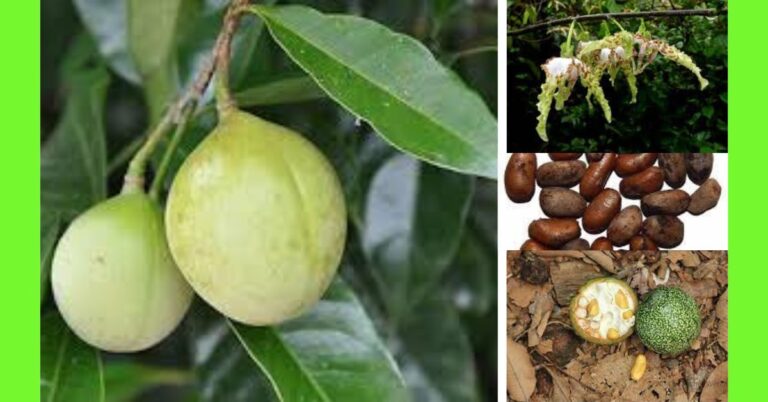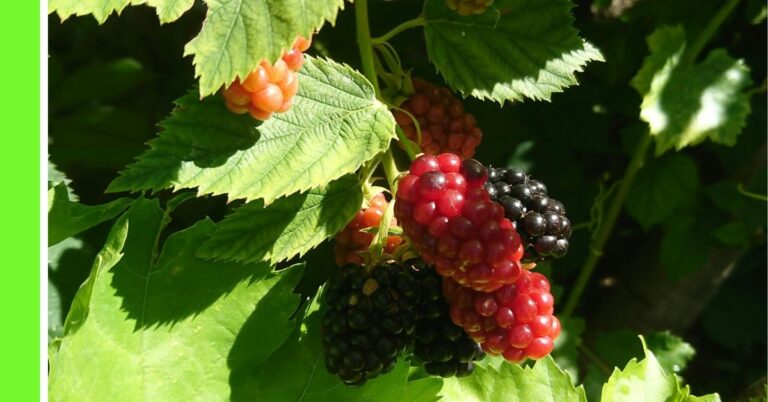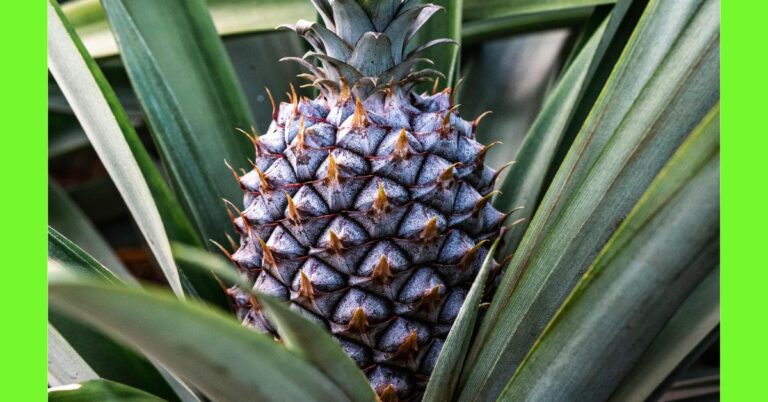Planting Lemon: See How To Plant Lemon

Lemon is a common fruit rich in vitamin C and known for its sour taste.
It’s used in various ways from juice, infusing lemon in water to making essential oils, and the demand for lemons continues to rise.
This guide provides step-by-step instructions on planting lemon, covering essential aspects of growth, maintenance, and harvest.
Description of a Lemon Plant
The lemon plant (Citrus limon) is an evergreen tree in the Rutaceae family, recognized for its thorny branches, glossy dark green leaves, and fragrant white flowers.
It typically grows to a height of 10-20 feet but can be pruned to a more manageable size for easier harvesting.
The lemon tree is admired for its iconic green fruits, which are oval-shaped or round with a rough, slightly bumpy rind.
Each lemon is rich in vitamin C and has a sharp, refreshing citrus scent.
The tree thrives in warm, subtropical climates, where it can produce fruit year-round.
Planting Season for Lemon in Nigeria
When planting lemon, the best time to plant the crop in Nigeria is during the rainy season, usually between April and July.
This period ensures that young lemon plants receive adequate moisture for germination and growth.
However, it’s important to ensure proper drainage to avoid waterlogging, which can harm young plants.
Planting Lemon
Growing lemons requires careful planning and preparation.
Follow these steps to ensure your lemon trees thrive.
Step 1: Choose a Location
Select a site that receives full sunlight throughout the day, as lemons require at least 6-8 hours of sunlight to grow optimally.
Ensure the location has well-drained soil with a pH between 5.5 and 6.5.
The ideal location should be free from strong winds, as lemon plants are sensitive to damage from heavy gusts.
Step 2: Land Clearing and Preparation
Clear the chosen area of weeds, rocks, and debris, as these can hinder the growth of lemon plants.
Loosen the soil to a depth of about 1 meter to encourage root growth, and ensure proper drainage by incorporating sand if the soil is heavy.
Organic matter such as compost or well-decomposed manure can also be added to enrich the soil.
Step 3: Means of Propagation
There are two primary methods to propagate lemon plants:
- Seed Propagation: Growing lemons from seeds can be inexpensive but takes longer to bear fruit, sometimes up to 5-6 years.
- Grafting or Budding: This is a faster method and preferred for commercial farming, as grafted plants usually bear fruit within 2-3 years.
Step 4: How to Plant Lemon from Seed
- Extract the Seeds: Collect fresh seeds from a ripe lemon, rinse them with water, and remove any pulp.
- Prepare the Soil: Use a small pot filled with well-drained potting soil or sandy loam mixed with organic matter.
- Plant the Seeds: Sow each seed about 1 cm deep and cover lightly with soil.
- Maintain Moisture: Keep the soil consistently moist but not waterlogged.
- Transplanting: Once the seedlings reach about 20-30 cm in height, transplant them to the prepared field. Give spacing of 5m by 5m between each plant.
Step 5: Watering
Young lemon plants require regular watering to establish a robust root system.
Water twice a week during dry spells but reduce watering in the rainy season.
Mature lemon trees are more drought-tolerant but still need periodic watering, especially during fruiting periods.
Step 6: Apply Manure
Lemon plants benefit from organic manure applications.
Apply compost or animal manure around the base of each plant every six months to replenish nutrients.
Additionally, use a balanced fertilizer (NPK 20-20-20) during the growing season to encourage healthy foliage and fruit production.
Maturity and Harvest
Lemon trees generally take 3-5 years to mature and start bearing fruit.
Lemons are ready for harvest when they turn greenish-yellow in colour, and their skin becomes slightly tender.
Harvesting should be done gently by cutting the fruits from the branches to avoid damaging the tree.
Lemons can be harvested multiple times per year, with peak seasons usually in the dry months when fruit quality is highest.
Pests and Diseases
Common pests and diseases that affect lemon plants in Nigeria include:
- Aphids: Tiny insects that suck sap from leaves and cause yellowing.
- Citrus Leaf Miner: This pest bores into young leaves, creating unsightly trails.
- Scab: A fungal disease that causes raised, corky lesions on fruits and leaves.
- Root Rot: Often caused by overwatering, this leads to a decaying root system.
- Black Spot: This fungal infection produces dark spots on the fruit’s skin, reducing quality.
Pest and Disease Control
To control pests and diseases, practice the following methods:
- Regular Inspection: Check plants weekly to identify and treat infestations early.
- Biological Control: Introduce beneficial insects, such as ladybugs, that naturally prey on aphids and other harmful pests.
- Chemical Control: Use insecticides and fungicides sparingly, following manufacturer instructions to avoid excessive chemical buildup.
- Proper Drainage: Ensure proper drainage to prevent root rot and other fungal diseases associated with excess moisture.
- Pruning: Remove infected or dead branches to promote air circulation and reduce disease spread.
How Many Lemon Plants Can I Grow on an Acre of Land, and What Quantity of Lemon Can I Harvest?
An acre of land can accommodate approximately 100-120 lemon plants, depending on the spacing used.
A common spacing recommendation is 5 meters by 5 meters, which allows each plant sufficient room to grow without competition.
Once mature, each lemon tree can produce about 200-300 fruits annually.
This can yield around 20,000 to 36,000 lemons per acre, depending on plant health and growing conditions.
With the right care, productivity can increase, making lemon cultivation a profitable venture in Nigeria.
By following these steps, farmers can successfully cultivate lemons in Nigeria, reaping the benefits of this versatile and highly demanded fruit.
I hope this article was helpful.
Is there any crop you want to grow and can’t find in our How to Grow category?
Let us know; leave a note in the comment box below.






